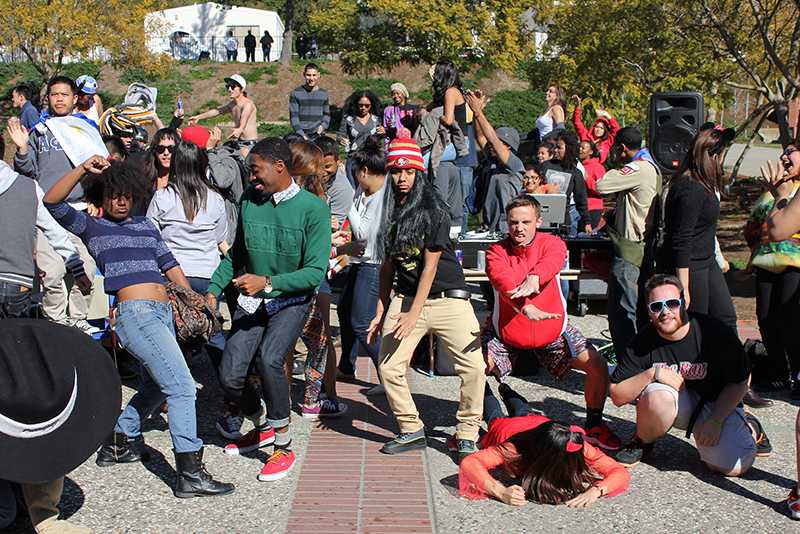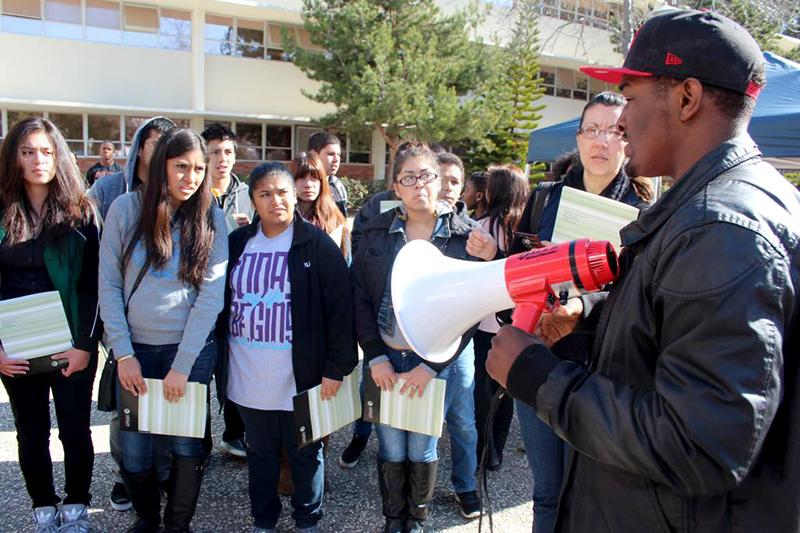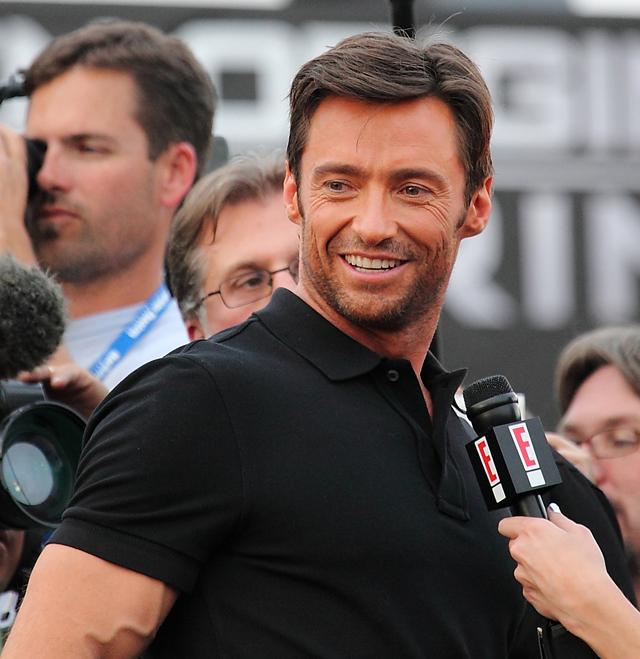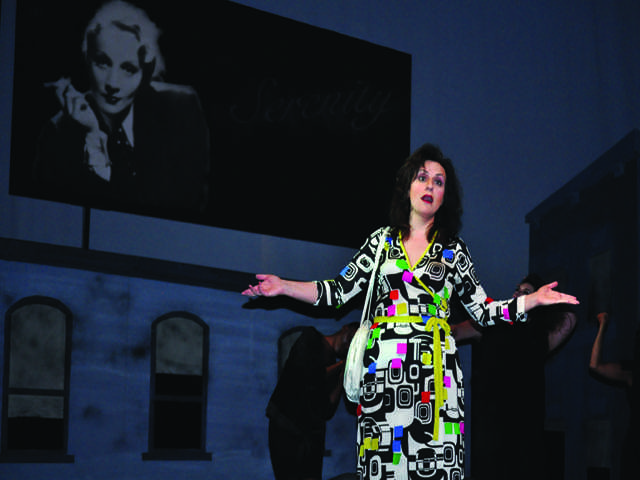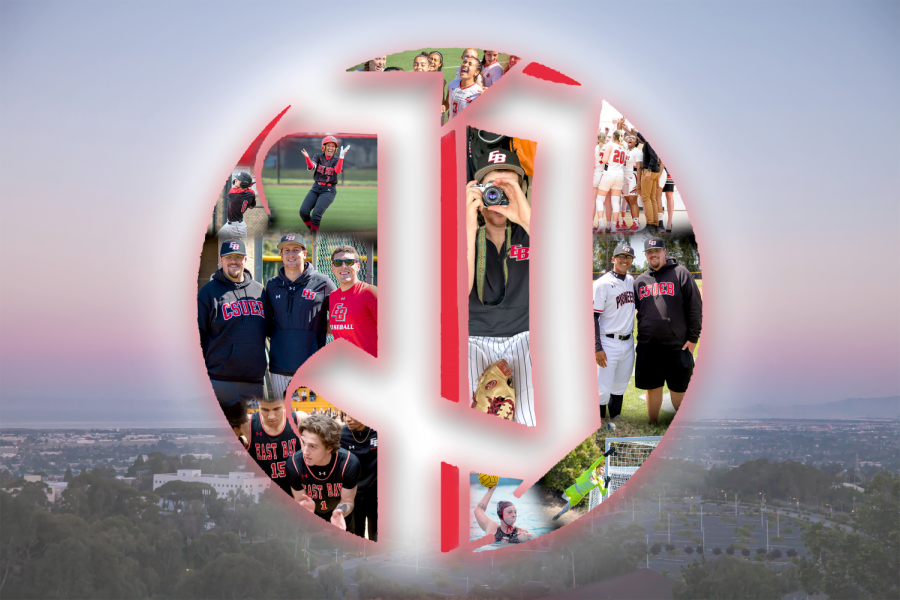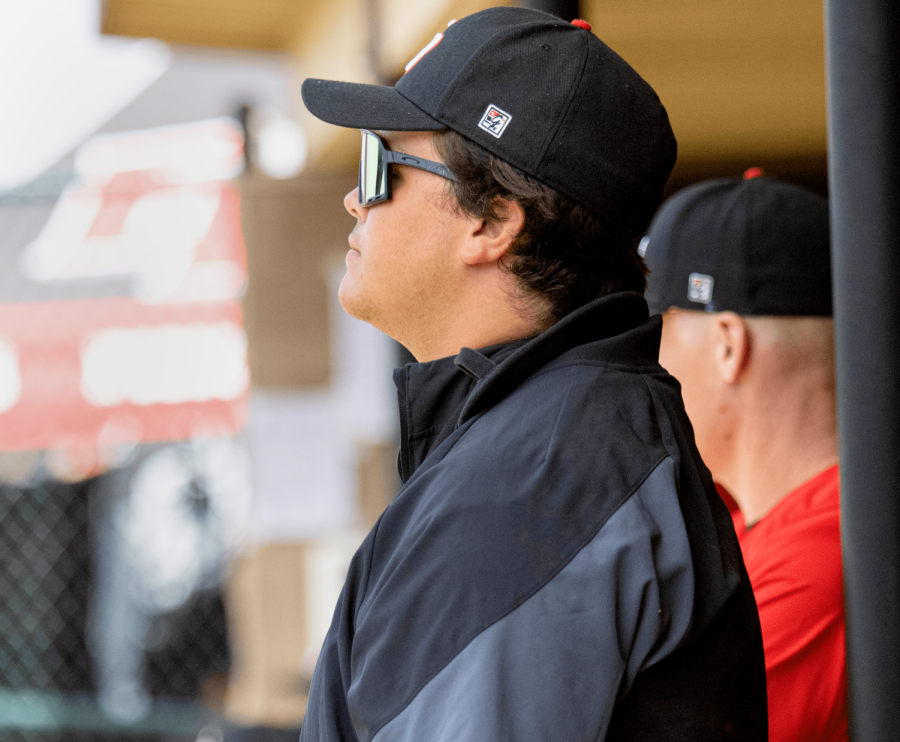
The tragic shooting rampage and attempted assassination of a congresswoman in Tucson that claimed the lives of six innocent people has sparked a series of debates regarding mental health issues, the need for gun control legislation, and the hateful, sometimes violent language that has become the patois of contemporary American political discourse.
The concerns are valid: how to recognize and get treatment for the mentally unstable without violating their rights; how to prevent dangerous weapons from falling into the hands of criminals while not infringing on individual Second Amendment rights; and how violent metaphor used in political invective—whether broadcast over the airwaves or hurled at rallies—creates a “climate of hate,” as the New York Times’ Paul Krugman puts it.
Missing, or perhaps largely overlooked, however, is an exploration of the true origin of the Tucson massacre: how American society is an incredibly violent one, and how such a society produces the Jared Lee Loughners that perpetrate such heinous acts.
American history, while shorter than that of its contemporaries such as Russia and former imperial master Britain, is no less bloody—indeed, in our 200+ years of existence, the U.S. has engaged in its share of slaughter, both foreign and domestic.
An armed revolution against the British and subsequent continuation war in 1812; an ideological struggle between North and South, culminating in civil war; the brutal and genocidal decimation of the native American population; the imperial adventures starting with the Spanish-American war and on through our present-day engagements in Iraq and Afghanistan—Americans have found themselves at war more often than not, particularly in the last 65 years, when the Second World War ended.
Since 1945—the year we became the first and only country to use nuclear weapons against another nation in anger—the United States has attempted to overthrow more than 40 foreign governments, worked actively to suppress or crush populist movements in developing nations on every continent save Australia and Antarctica, and bombed some 25 or so countries. Yet the reality of eternal war escapes most Americans, who remain blissfully untouched and unaware of the violence being carried out in the name of the American brand of liberty.
The psychological toll inflicted on the recipients of the devastating firepower that our trillion-dollar arsenal is capable of delivering is decried globally, but largely ignored at home. Just as disturbing is the general and almost casual dismissal of the toll inflicted upon the young men and women who function as our warriors, who are programmed to circumvent the basic, visceral human revulsion to taking the life of another human being, carry out—and live with—the act of killing. What to do with these citizen-soldiers and their mental health issues becomes a matter of how much money to allocate to the overworked and understaffed Department of Veterans’ Affairs.
The Founders immortalized their commitment to violent struggle against tyranny in 1776, and the ramifications of the “right to bear arms” for the citizenry—with or without the intention of forming a well-regulated militia—in the Constitution’s Second Amendment are still being grappled with today. When Senate candidate Sharron Angle (R-Nev.) ran on a pro-gun rights, anti-government platform last year, she fired up her base by invoking the image of revolutionary struggle, suggesting the possible need for “Second Amendment remedies.”
Those “remedies,” and the disturbing implications the language invokes, would be quoted and prominently featured as a prime example of the violent metaphor that has become a part of contemporary American political conversation. The use of gun sights, crosshairs and bull-eyes by both conservatives and liberals also adds a visual aspect to a divisive, polarized political climate.
The use of war metaphor and violent imagery is nothing new to American society, whether in politics or sports. The rise of such language is reflective of increasing political polarization and the harsh terms that accompany such a divide—when Sarah Pain says, “Don’t retreat, reload,” rational people understand that her crude metaphor isn’t a call for bloodshed.
That’s not an excuse for such irresponsible and unrefined statements, but it’s a tacit understanding that we generally share when we disseminate the daily sound bytes of our political figures. That such language is treated as a matter of everyday discourse and largely devoid of the introspective dissection—why use terms like “retreat” and “reload?”—is indicative of how violence is ingrained in our national consciousness.
To the unhinged mind, including the grammar-obsessed Loughner, it is impossible to tell how violence in language has an effect, but it seems not unreasonable nor unthinkable that his actions could be borne of a culture steeped in violence. Indeed, the Columbine massacre, the Fort Hood shootings, or any of the 150,000 gun deaths since the start of the 21st century (according to the Brady Campaign to Prevent Gun Violence) can be attributed to a society where homicide (or mass homicide) is met with outrage, blame is allocated, and then whose subsequent lessons are promptly forgotten.
The Second Amendment guarantees Americans their right to arms, and any serious repeal or amendment would require a serious challenge to the powerful gun lobby, who, in recent years, have enjoyed no serious challenge from the public or lawmakers.
Certainly, the parties who advocate armed resistance and violence deserve to be called out for their demagoguery. And the availability of firearms for legal purchase deserves a high degree of scrutiny—that a mentally unstable man was able to purchase a semiautomatic handgun and high-capacity magazine capable of causing such destruction and sorrow is beyond disturbing.
It’s absolutely insane.
But at the heart of the Tucson massacre lies the American predilection towards violence–the celebration, the professed horror and the ongoing perpetration of which we have balanced and remained morally ambivalent for over two centuries.
Recognizing this fact would be an relatively easy first step—dismantling our violent culture and the means with which we provide our citizens to kill one another remains elusive. But without doing so, we must ready ourselves for more tragedy.





